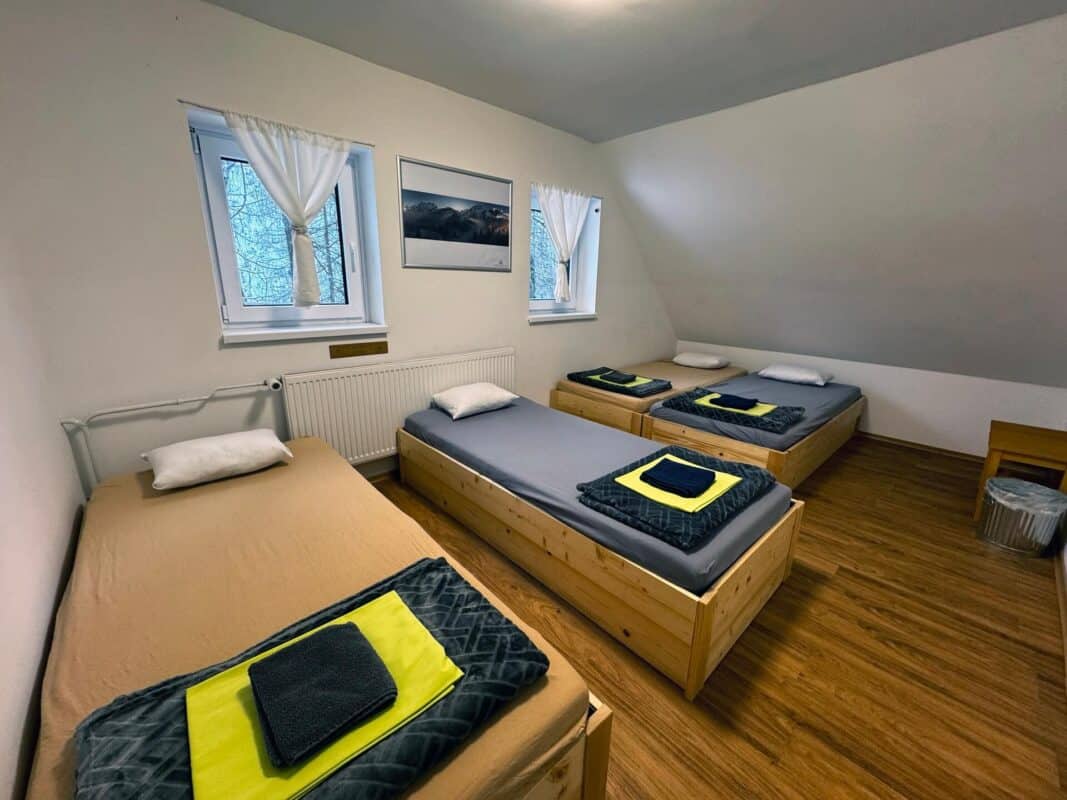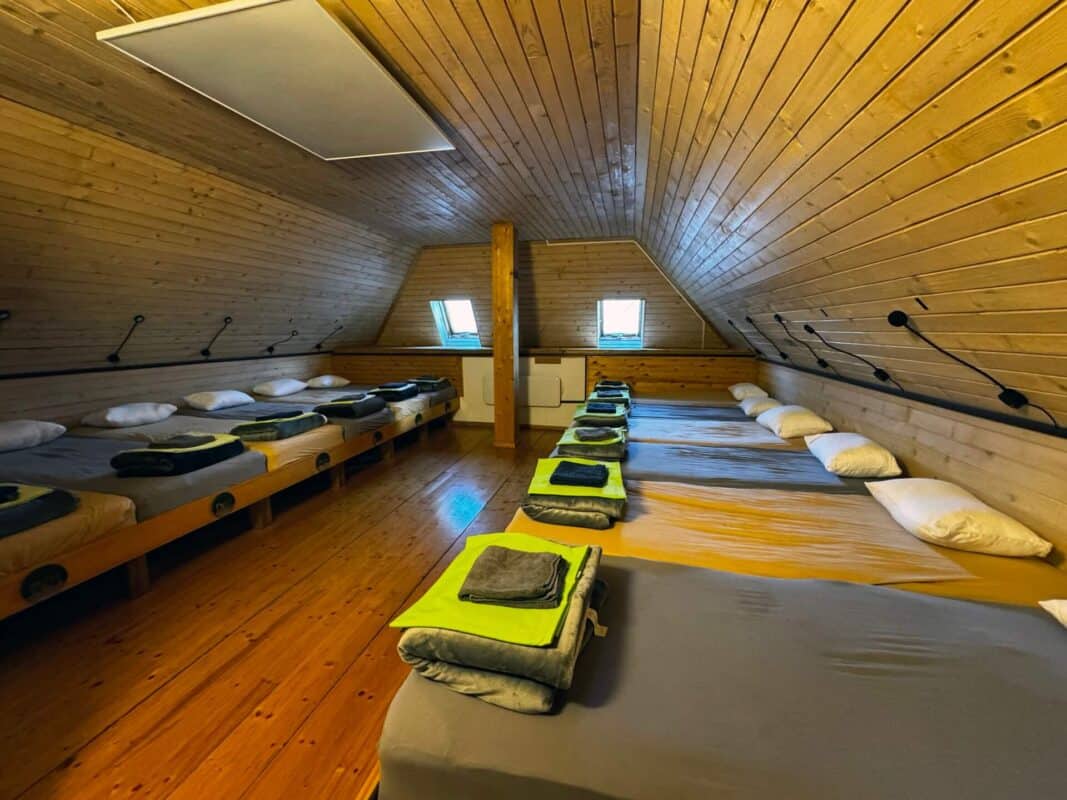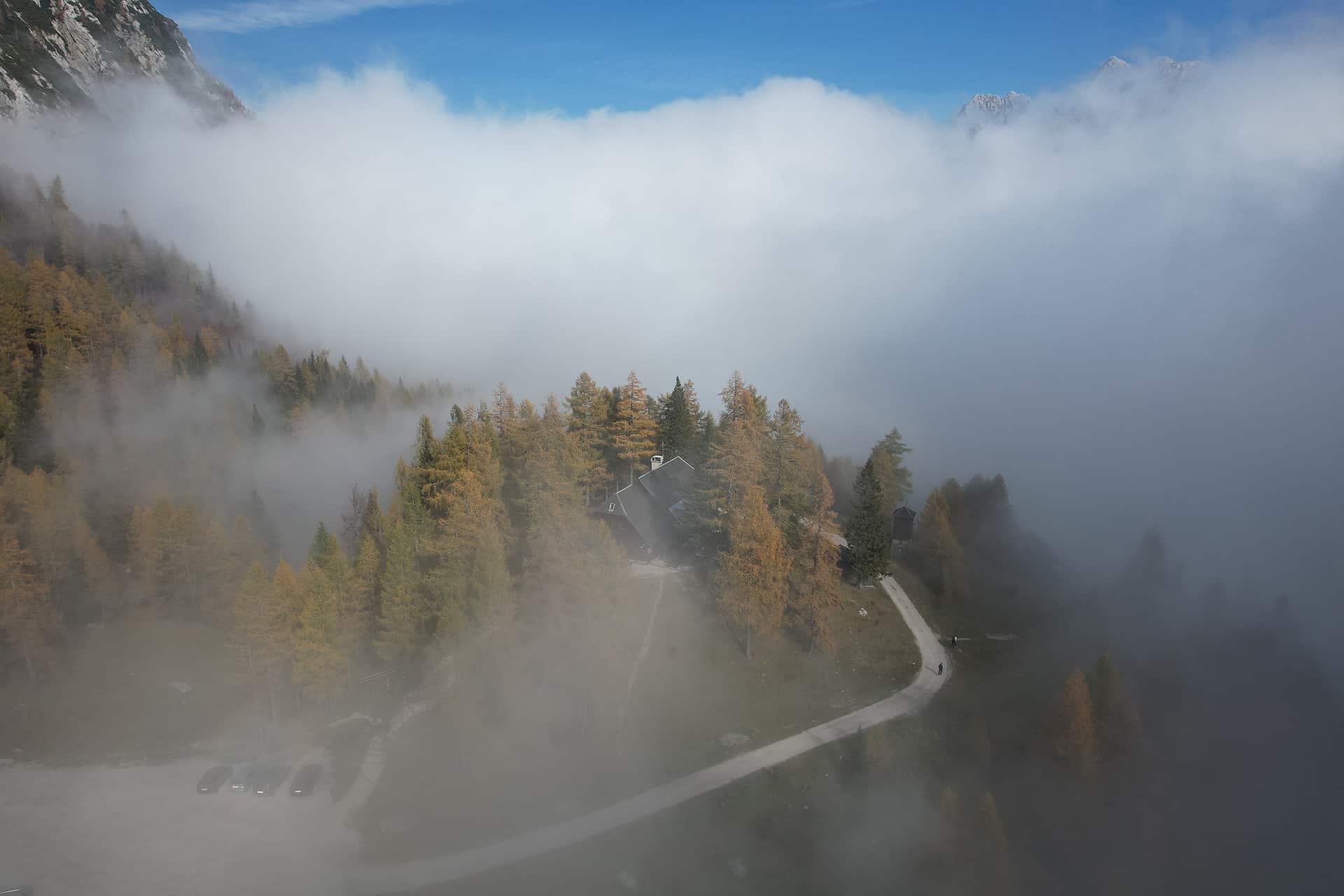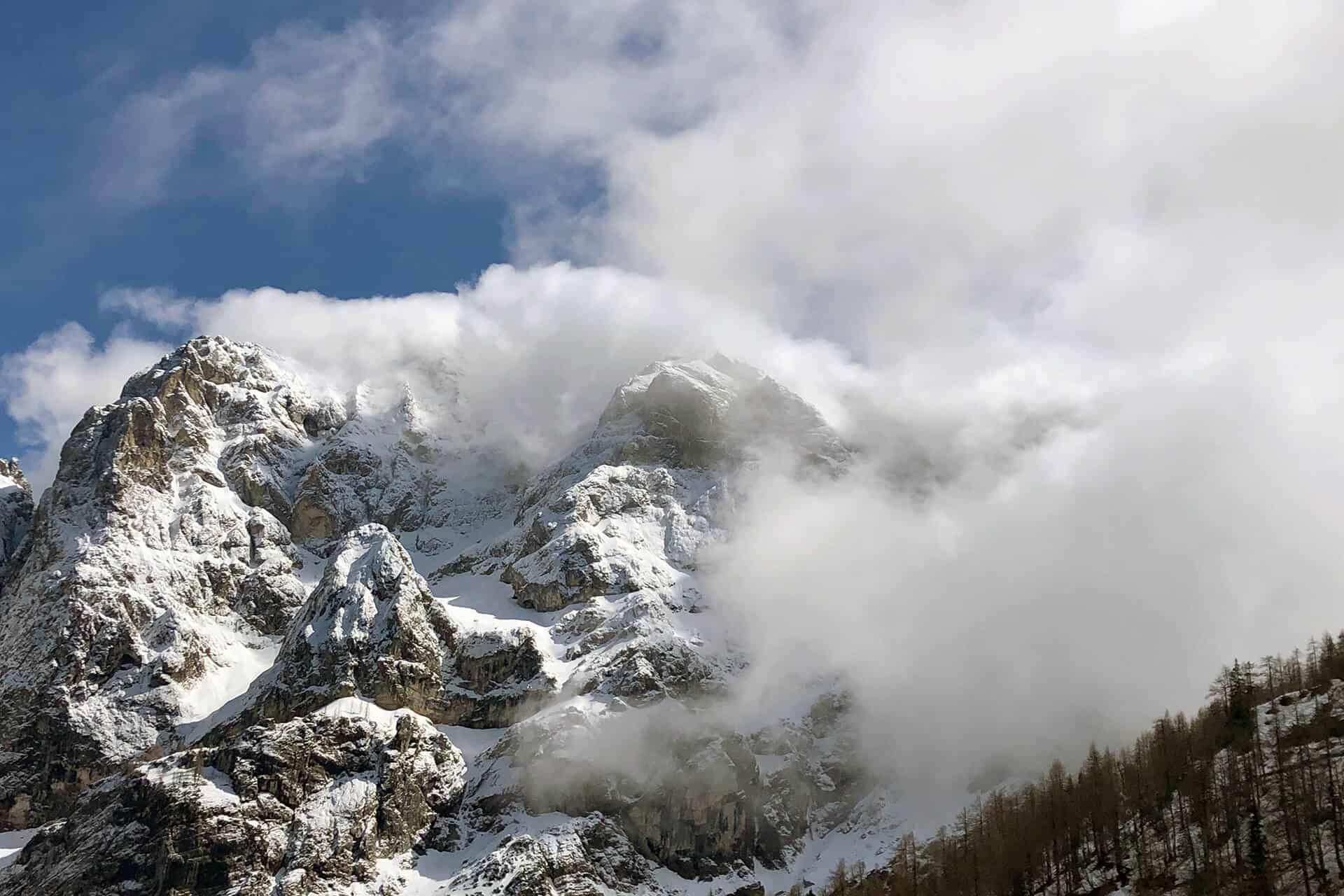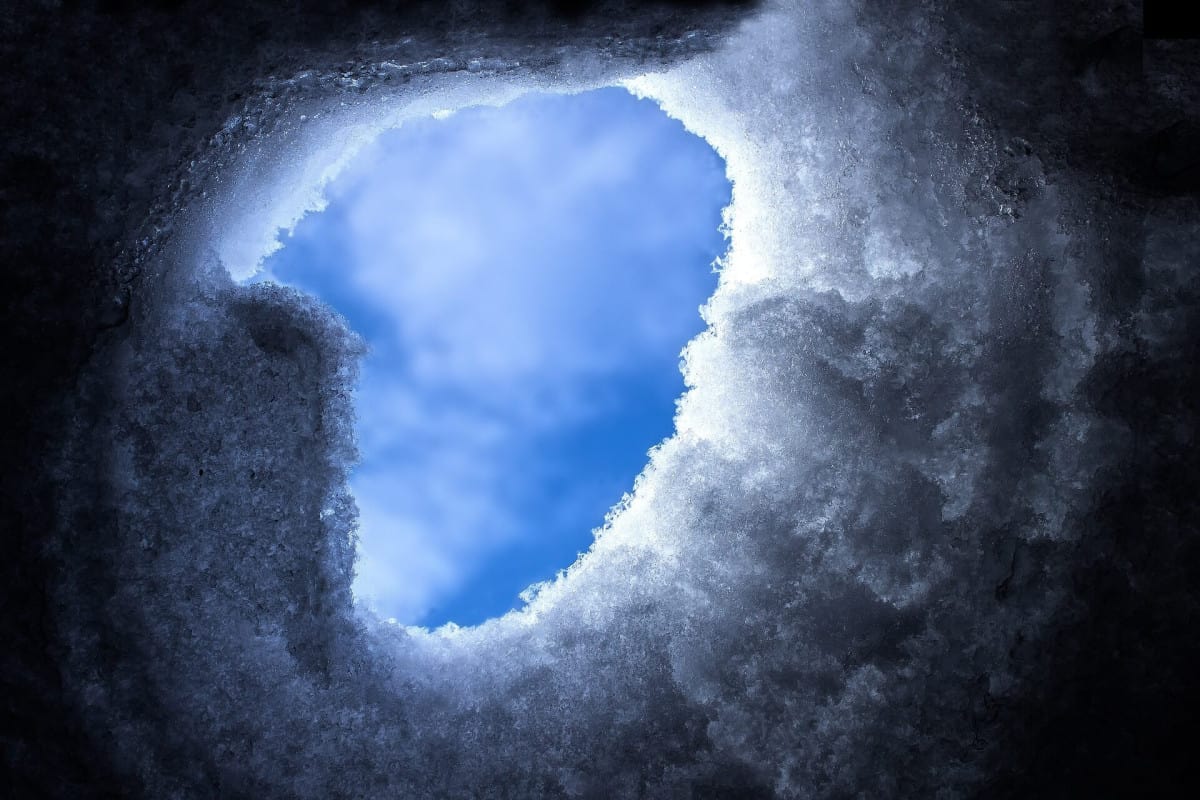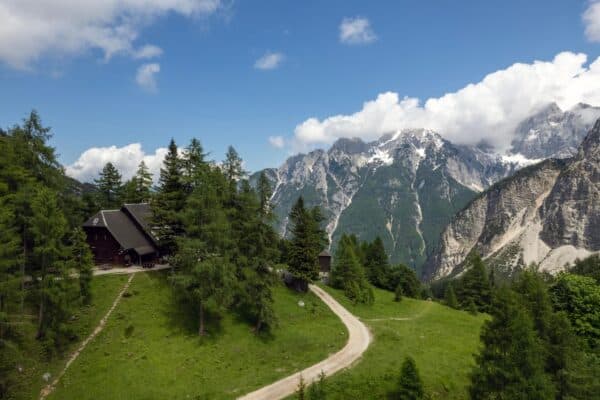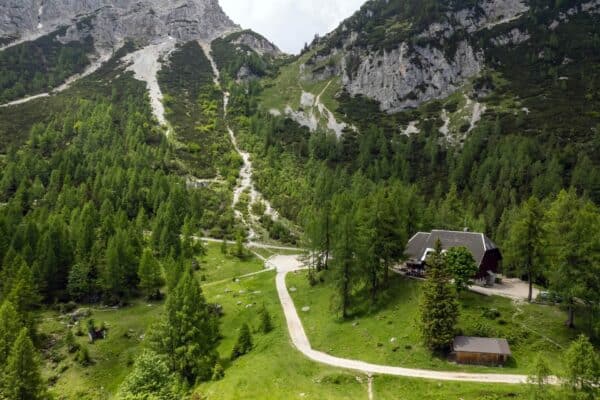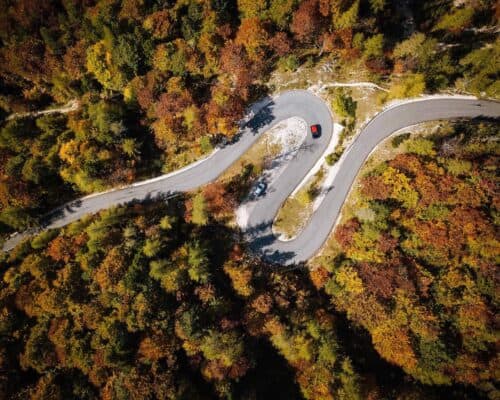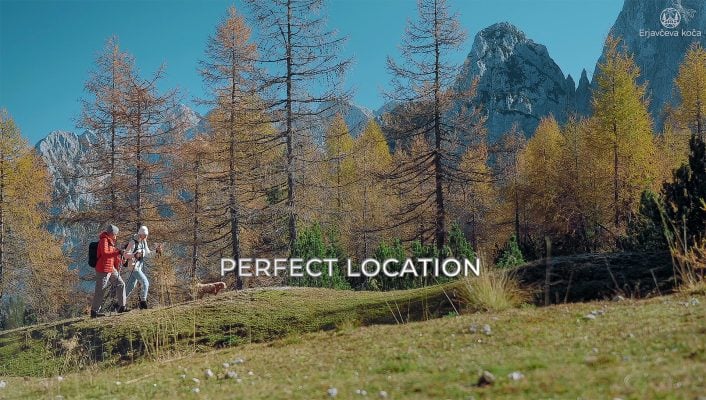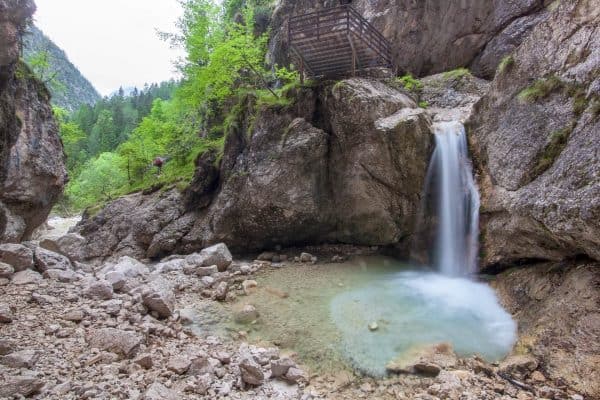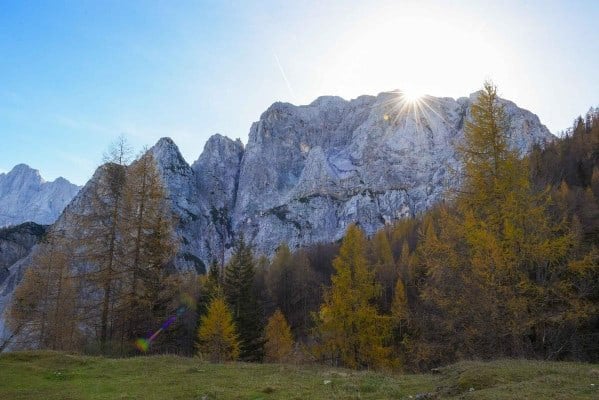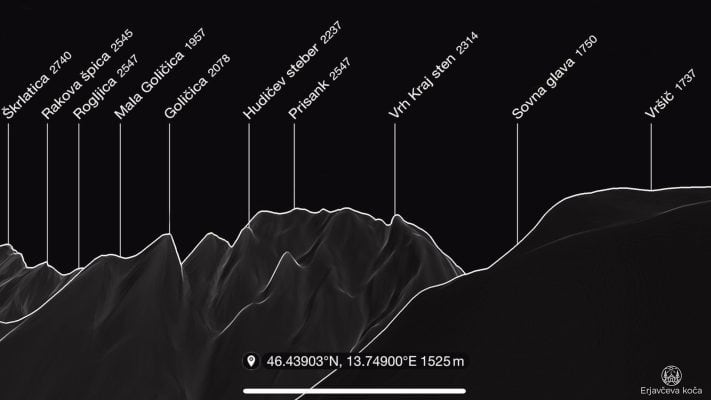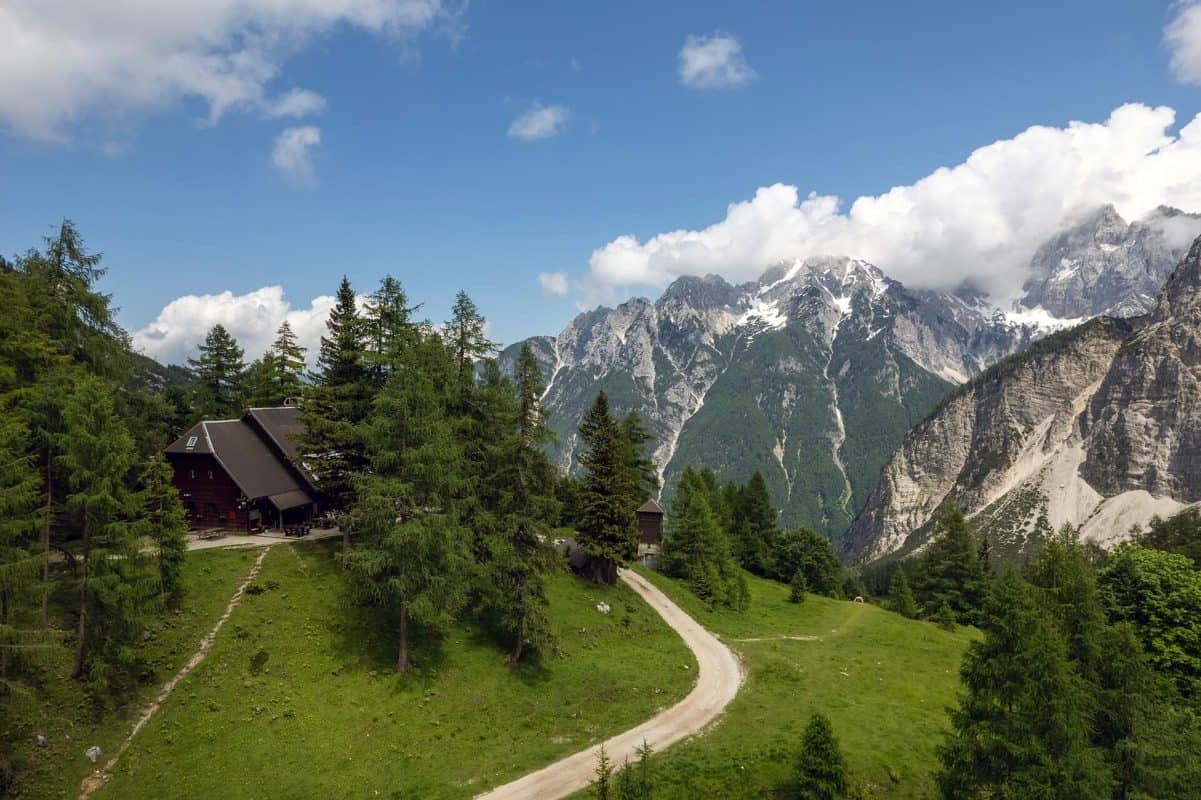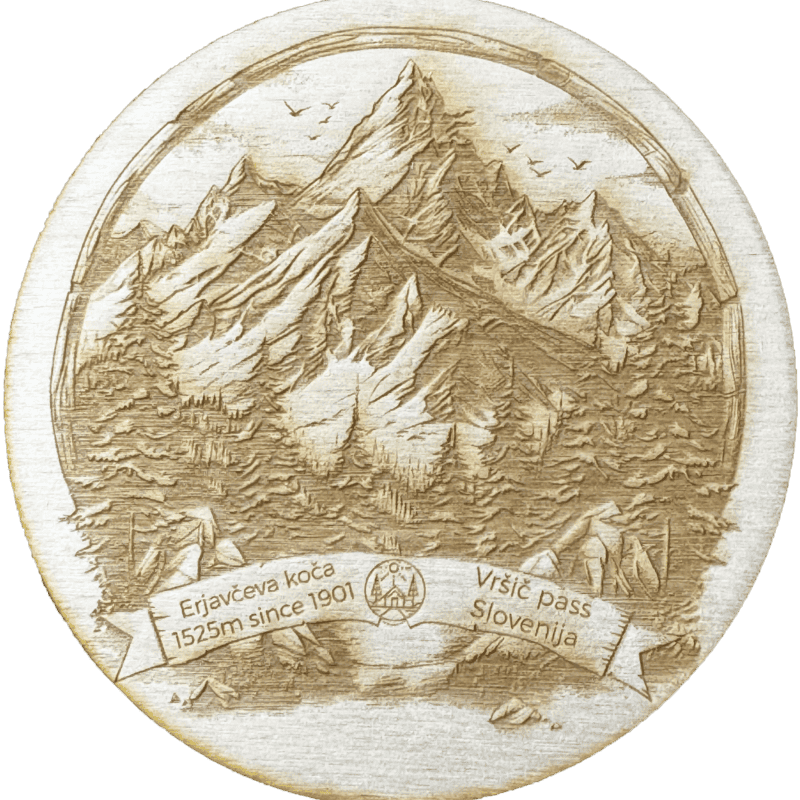Erjavec lodge at Vršič mountain pass, Slovenia
Danger of avalanches
This post is also available in:
![]()
![]()
![]()
Danger of avalanches
Danger of avalanches
Danger of avalanches
Avalanches occur in two general forms or combinations: slab avalanches made of tightly packed snow, triggered by a collapse of an underlying weak snow layer, and loose snow avalanches caused by looser snow. After being set off, usually accelerate rapidly and grow in mass and volume as they capture more snow. If an avalanche moves fast enough, some snow may mix with the air, forming a powder snow avalanche.
Danger of avalanches

Though they appear to share similarities, avalanches are distinct from slush flows, mudslides, rock slides, and serac collapses. They are also different from large-scale movements of ice.
Avalanches can happen in any mountain range that has an enduring snowpack. They are most frequent in winter or spring but may occur at any time of the year. In mountainous areas, avalanches are among the most severe natural hazards to life and property, so significant efforts are made in avalanche control.
Many classification systems for the different forms of avalanches vary according to their users’ needs. Avalanches can be described by their size, destructive potential, initiation mechanism, composition, and dynamics.

Avalanches can be set off spontaneously, by factors such as increased precipitation or snowpack weakening, or by external means such as humans, other animals, and earthquakes. Primarily composed of flowing snow and air, large avalanches can capture and move ice, rocks, and trees.
Avalanches occur in two general forms: slab avalanches made of tightly packed snow, triggered by a collapse of an underlying weak snow layer, and loose snow avalanches made of looser snow. After being set off, avalanches usually accelerate rapidly and grow in mass and volume as they capture more snow. If an avalanche moves fast enough, some snow may mix with the air, forming a powder snow avalanche.
Though they appear to share similarities, avalanches are distinct from slush flows, mudslides, rock slides, and serac collapses. They are also different from large-scale movements of ice.
Avalanches can happen in any mountain range that has an enduring snowpack. They are most frequent in winter or spring but may occur at any time of the year. In mountainous areas, avalanches are among the most severe natural hazards to life and property, so significant efforts are made in avalanche control.
Many classification systems for the different forms of avalanches vary according to their users’ needs. Avalanches can be described by their size, destructive potential, initiation mechanism, composition, and dynamics.
Accommodation in a mountain hut
 English
English
 English
English
 Dutch
Dutch
Trips and Hikes around the hut
Your next destination in slovenia?
Erjavčeva mountain hut is open the whole year. Reserve your stay and spend some time in the natural paradise of Triglav National Park (UNESCO) near Kranjska Gora on Vršič mountain pass in the heart of Triglav National Park.
Reserve your stay English
English
 English
English
 Dutch
Dutch
Souvenirs Online Shop
Gift Voucher
Pedestal
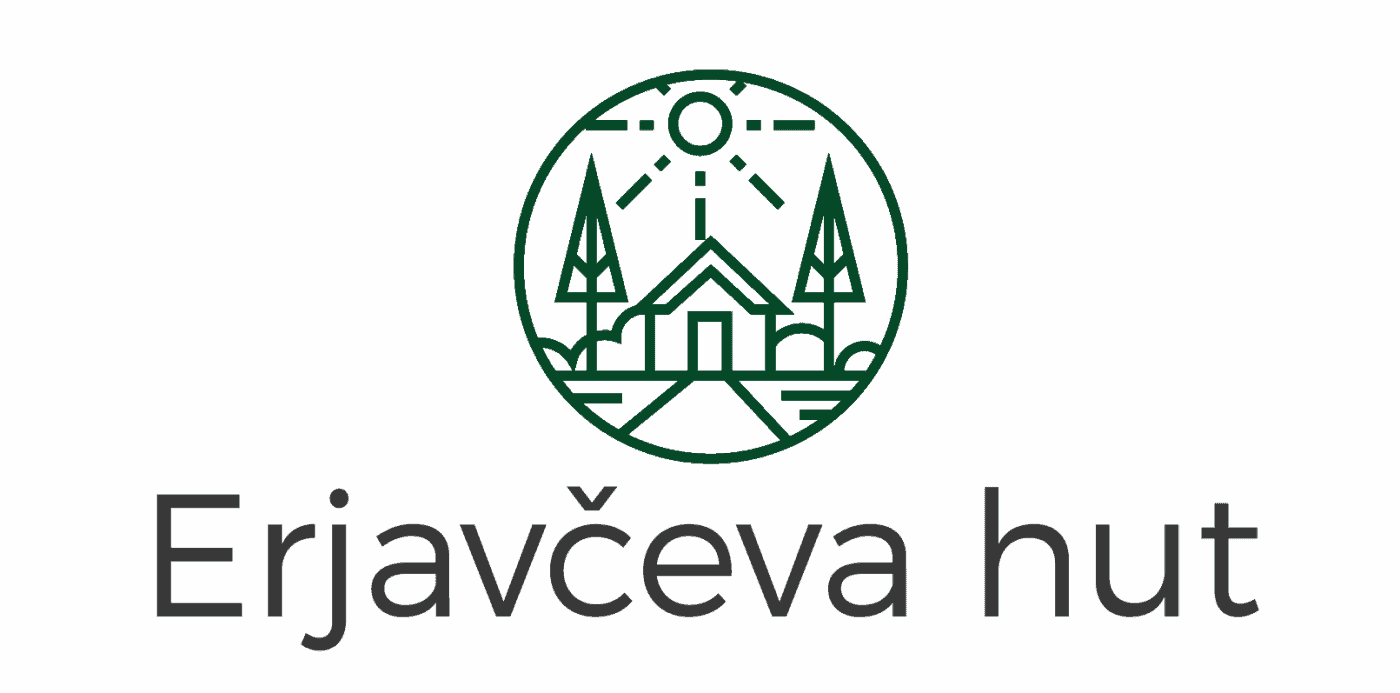
 Deutsch
Deutsch